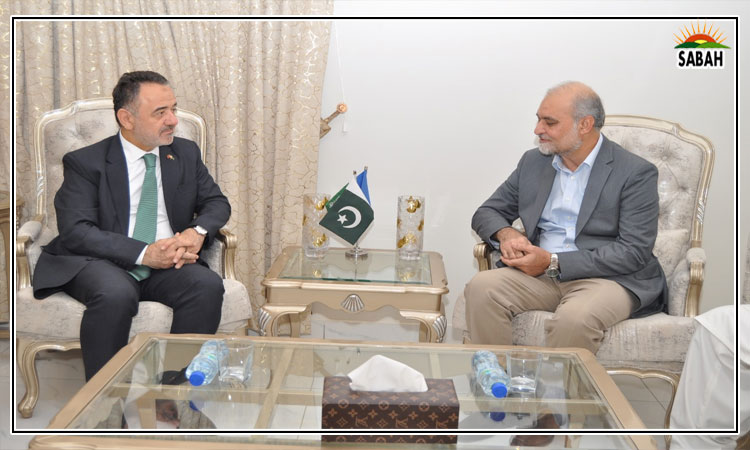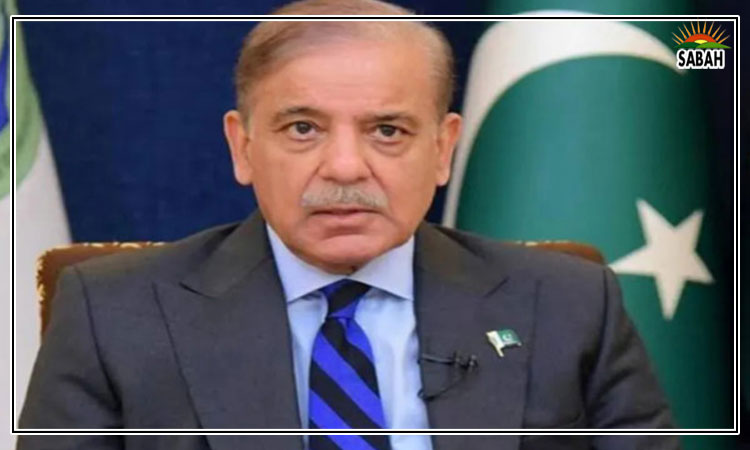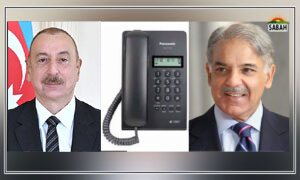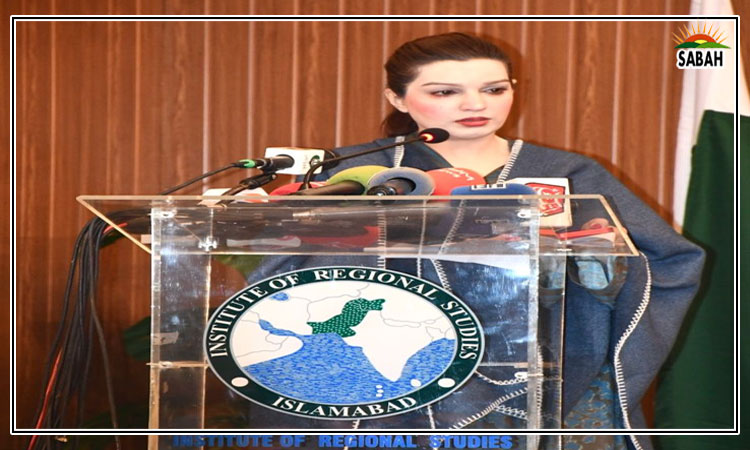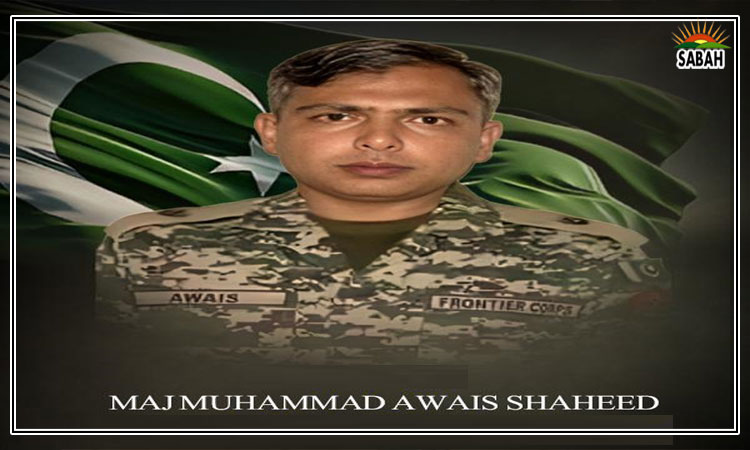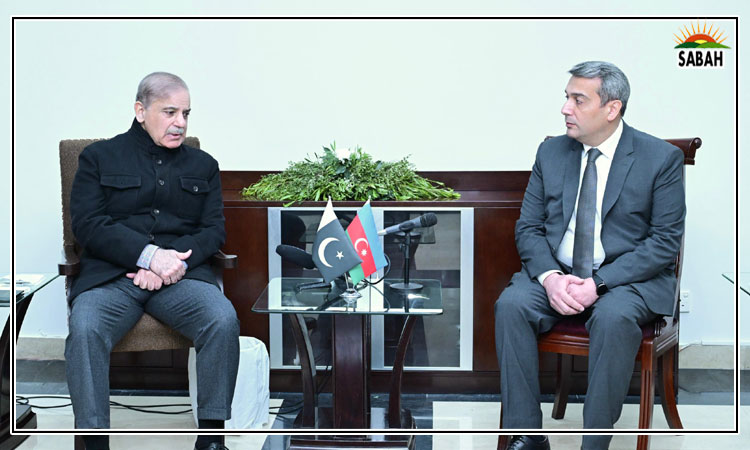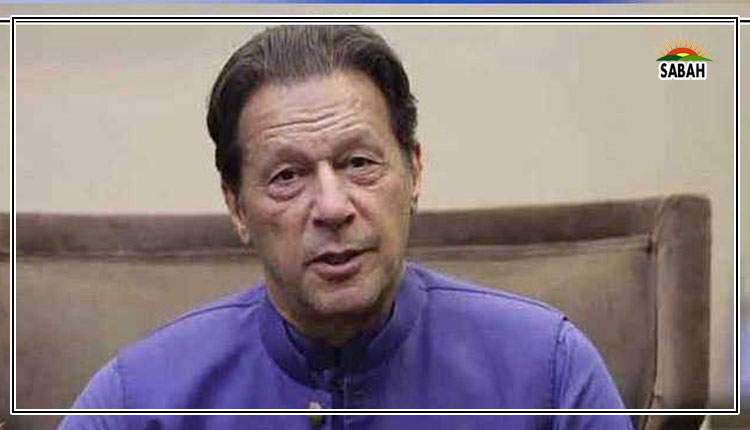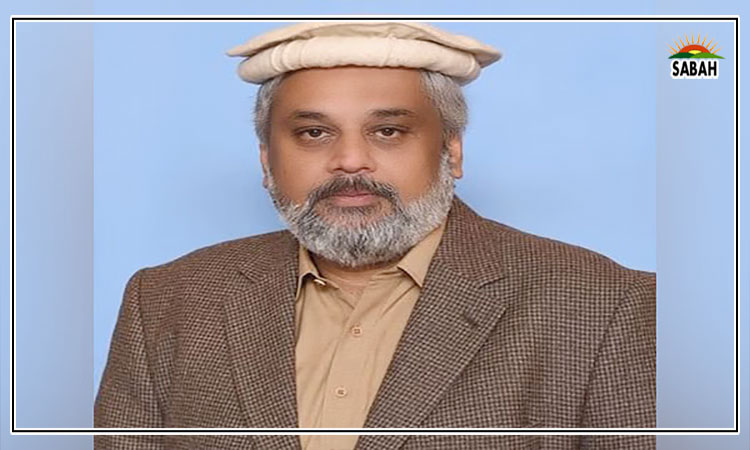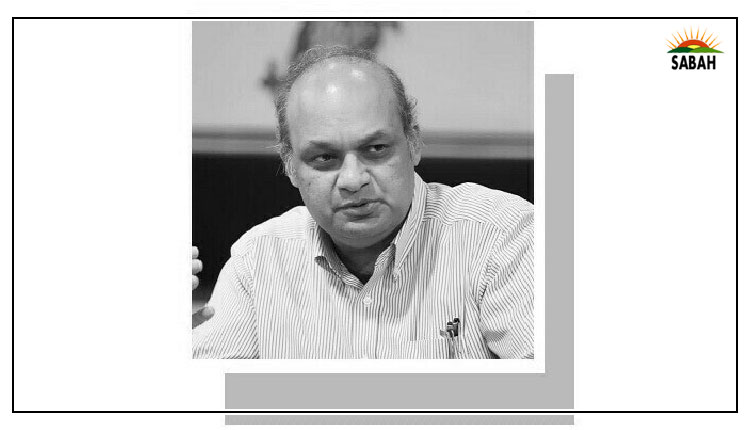Punjabi in schools…Faisal Bari
THE chief minister of Punjab, Ms Maryam Nawaz, has said that Punjabi will be taught across schools in the province. This was announced at the Punjab Culture Day ceremony last week.
It is a welcome announcement. Some 80 million people speak Punjabi in Pakistan and, worldwide, Punjabi speakers number around 110m. Why should the language of so many not be taught in schools? If 80m or so speak the language and are able to express what they need to in Punjabi, why would there be an issue with using Punjabi in schools, and why could it not be a medium of instruction for children whose mother tongue is Punjabi, the language spoken at home?
There is strong evidence that the childs early education should be in the language that he or she brings to school. This facilitates the childs mental development, and it makes learning easier and better as well. If children speak Punjabi at home, this should be the medium of instruction in the early years. Once the child has learnt the basics of it, the medium can be shifted to other languages that might have been introduced as subjects early on.
So, teaching in Punjabi in the early years makes sense for large areas in Punjab just as it makes sense to have Sindhi in early education in Sindh and Pashto in KP, and so on. In fact, around 80 languages are spoken in the country. If there is a significant number of children who speak a particular language in a particular area, it makes sense to use that language in early education to allow the children to become interested in learning.
Teaching in Punjabi in the early years makes sense for large areas in the province.
It is sometimes argued that many of the smaller languages do not boast a lot of books or other written material. But this is not a substantial objection to the use of these languages. We do not need a lot of written material, as early learning depends (and should depend) far more on auditory learning than on reading and writing. And if some early-years books are needed for children, producing them in a particular language is not too taxing a task.
Teaching in the childs language will help the child feel more comfortable in school and acquire the basics of the language(s) he or she is being exposed to as well as benefit from the conceptual development that is needed at this stage.
However, I do not think that is what Ms Maryam Nawaz was talking about. I think she was saying that Punjabi would be introduced as another subject in school. The idea is, of course, very welcome, given the poor status Punjabi has as a language in the province and country. Still, it does complicate matters a bit more.
We already have too many subjects and learning objectives for each subject. Our students and teachers are overburdened as it is. They learn/ teach English, Urdu, social studies, mathematics, Islamiat and Quran nazra. And there is a lot within each subject as well. Regarding curricula in South Asia, many experts have commented that we overburden our students and teachers and make the latter race to complete the curricula rather than focus on what students should be learning. Should another subject be added without taking something out? Will students gain from this or feel more encumbered?
Students are already learning at least two languages (Urdu and English) even in the early years. Do we want to add another language as a subject? In some places, students are taught the essentials of Arabic as well. We need to think about cutting back.
Do we have teachers to teach Punjabi as a subject? Do keep in mind that Punjabi as the medium of instruction in the early years is very different from teaching Punjabi as a subject. And the ability to speak a language is no qualification for being able to teach it too. We do not even have teachers who can properly teach Urdu and English as languages: how are we going to get teachers for Punjabi in approximately 120,000 schools in the province?
We will also need to develop the curriculum and reading material for it. If the chief minister is serious about bringing in Punjabi as a subject, it will require quite a bit of planning. Of course, there is the bigger question: when millions of children are out of school and the quality of education in most schools is poor, should we focus our energies on introducing Punjabi as a subject or on other priorities? From an education perspective, the answer is clear. But from a political and linguistic perspective, the answer might be different.
Chief Minister Maryam Nawazs larger point about the need to revive Punjabi, to restore it to the status that it should have, and the need to preserve Punjabi culture is well taken. But for this to happen, it is not the teaching of Punjabi as a subject that is going to be important; using Punjabi (and other home languages) as a medium of instruction in the early years of education might be more important.
Punjabi needs to become the medium of communication and interaction in most areas in Punjab. Once the use of Punjabi becomes normalised and the real and perceived stigma against using Punjabi is weakened, a revival can take place.
The use of Punjabi as a medium of instruction makes sense from this perspective as well as for improving learning among young children who speak Punjabi at home. Introducing Punjabi as a subject in schools, though perhaps useful, will require significant adjustments that need to be thought through and which require a good implementation plan as well. But the chief minister has made a very important and needed policy statement. Now it remains to be seen what the follow-up is going to be.
Courtesy Dawn



